With our discussion of ecosystems, we’re continuing our series on what the owner-worker and small businessperson can glean from the Twitter-Elon Musk debate.
In this blog, we add why it’s crucial for the owner-worker to understand their ecosystem along with their (i) logic models or value propositions, (ii) core business, (iii) free cash flow, and (iv) EBITDA (earnings before interest, taxes, depreciation, and amortization).
What is an ecosystem? It’s the entities that are critical to the success of the operation and success of your business or organization.
“The Value Network’s article — A Business Model of the Twitter Ecosystem – provides a graphical representation of Twitter’s ecosystem. According to the article, “Twitter ecosystem is layered with lower-level actors providing services to higher-level actors. In addition, there are governing actors whose authority and impact may be restricted to one level or may span all levels.”
Figure 1 Components of Twitter’s Ecosystem
USERS |
| Advertisers & Content Creators |
| Complementors & Competitors |
| Service Providers |
| Software Tool Providers |
| Operating System Platform Providers |
| Hardware Platform Providers |
GOVERNANCE |
| National Governments |
| Regulators |
| Standardization Bodies |
| Trade Organizations |
| Lobbyists |
| Media |
Owner-workers: Know your ecosystem and what it takes to manage it.
For one of our non-profit clients, we created a series of notional graphics that presents their ecosystems. The overarching theme was the DC Living Heritage Network (DCLHN).
In Figure 2, we illustrate the ecosystem of the DCLHN as a network of non-profit networks. DCLHN would have to manage its relationship within its ecosystem.
Figure 2 A Network of Networks
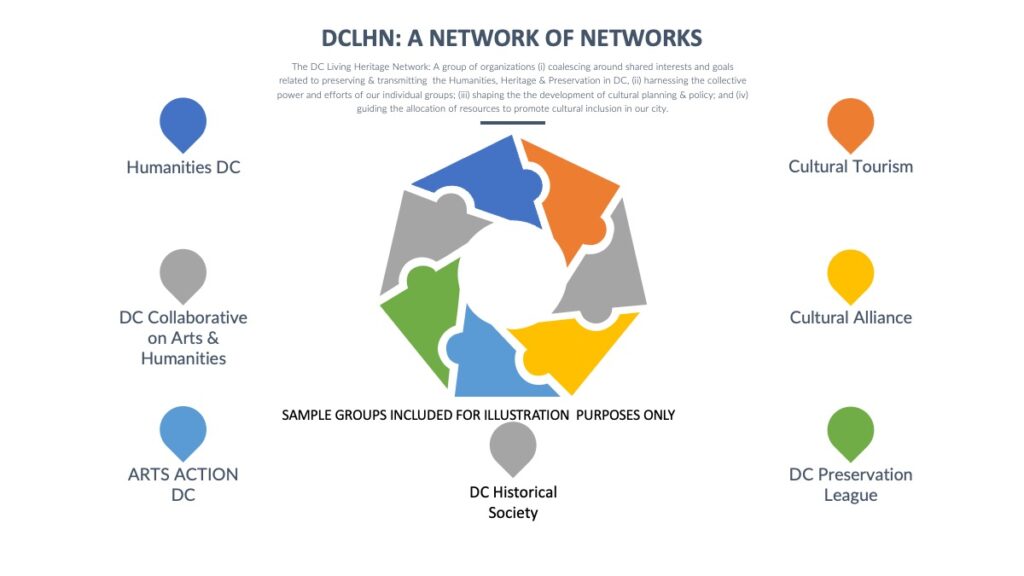
The DCLHN is also part of a network of DC agencies and groups.
Figure 3 DCLHN: A Network of DC Agencies & Groups
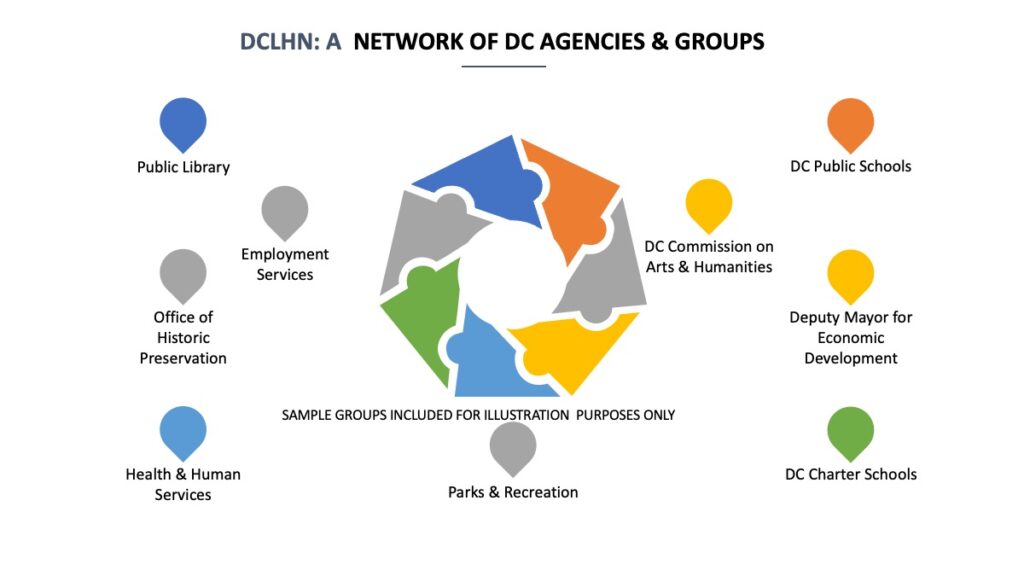
Like any non-profit, the DCLHN would need funding. Figure 4 illustrates the DCLHN’s network of funders.
Figure 4 DCLHN: A Network of Funders
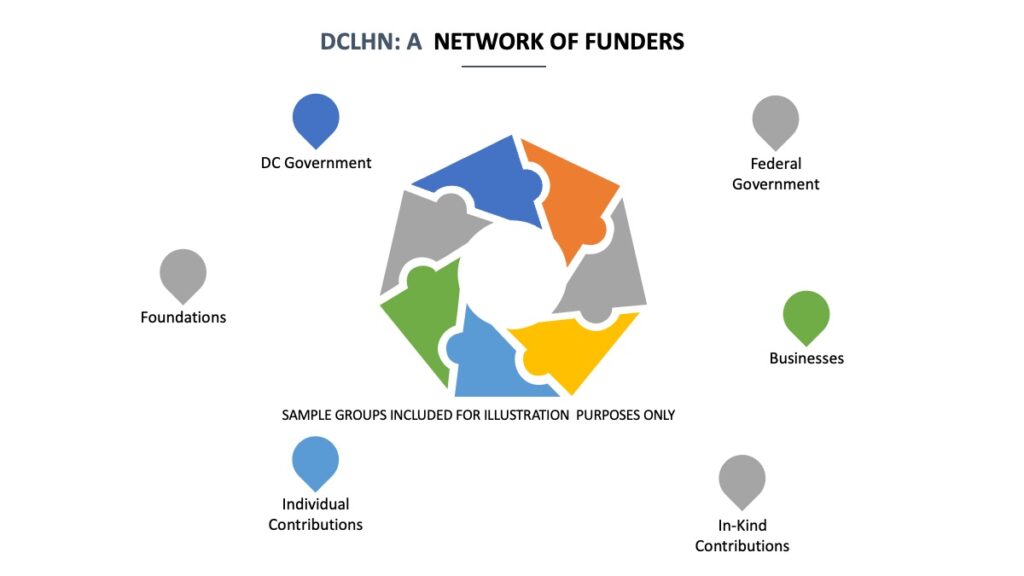
Figure 5 illustrates how the DCLHN relates to its customers and clients.
Figure 5 DCLHN: A Network of Local Groups & Institutions
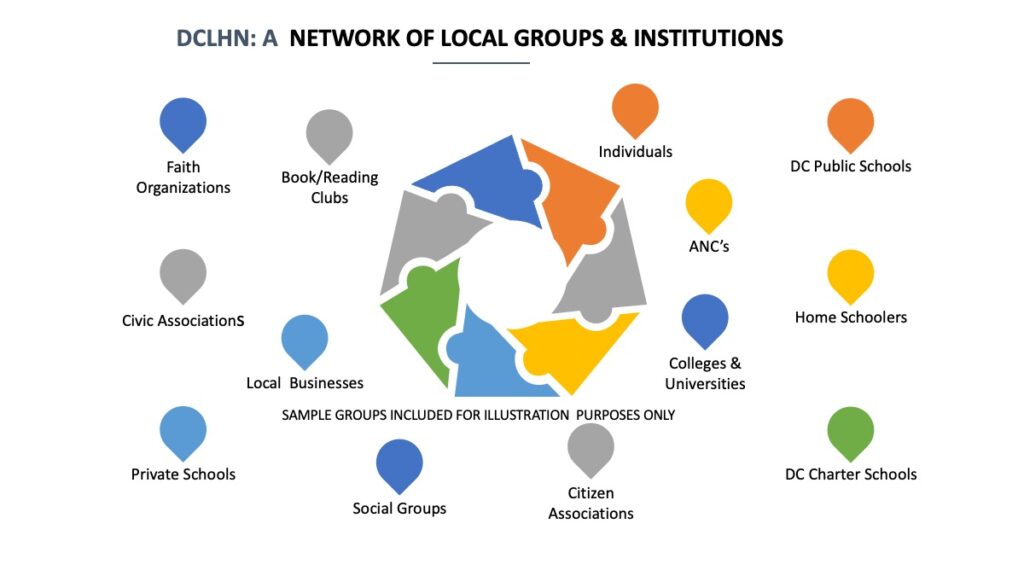
Figure 6 outlines the desired outcomes of the DCLHN ecosystem.
Figure 6 DCLHN Desired Outcomes
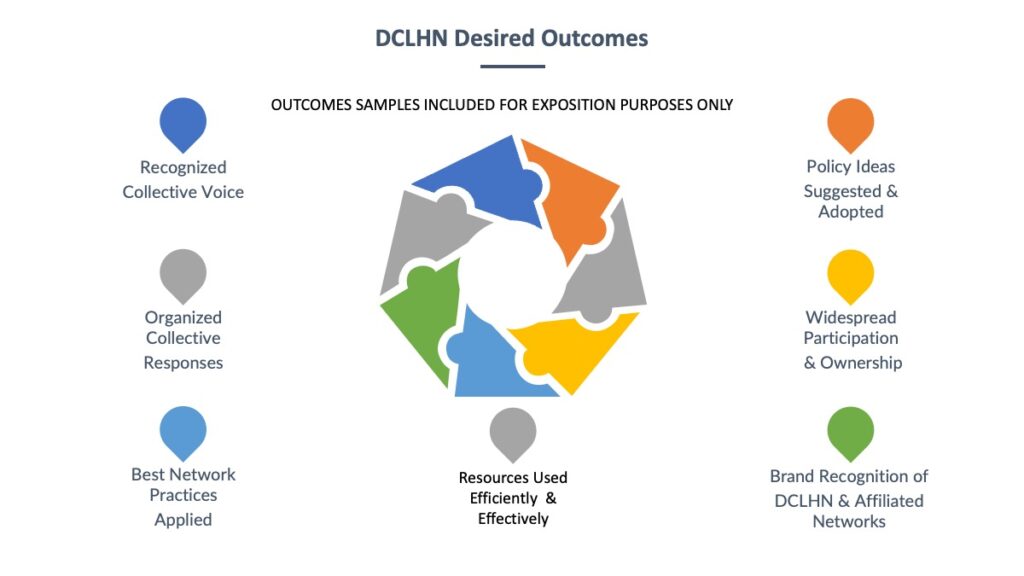
Owner-workers and organizational leaders: Do you know the entities critical to your operation’s success?
Contact us if you’d like us to advise you on charting your ecosystem, its importance, and desired outcomes.
